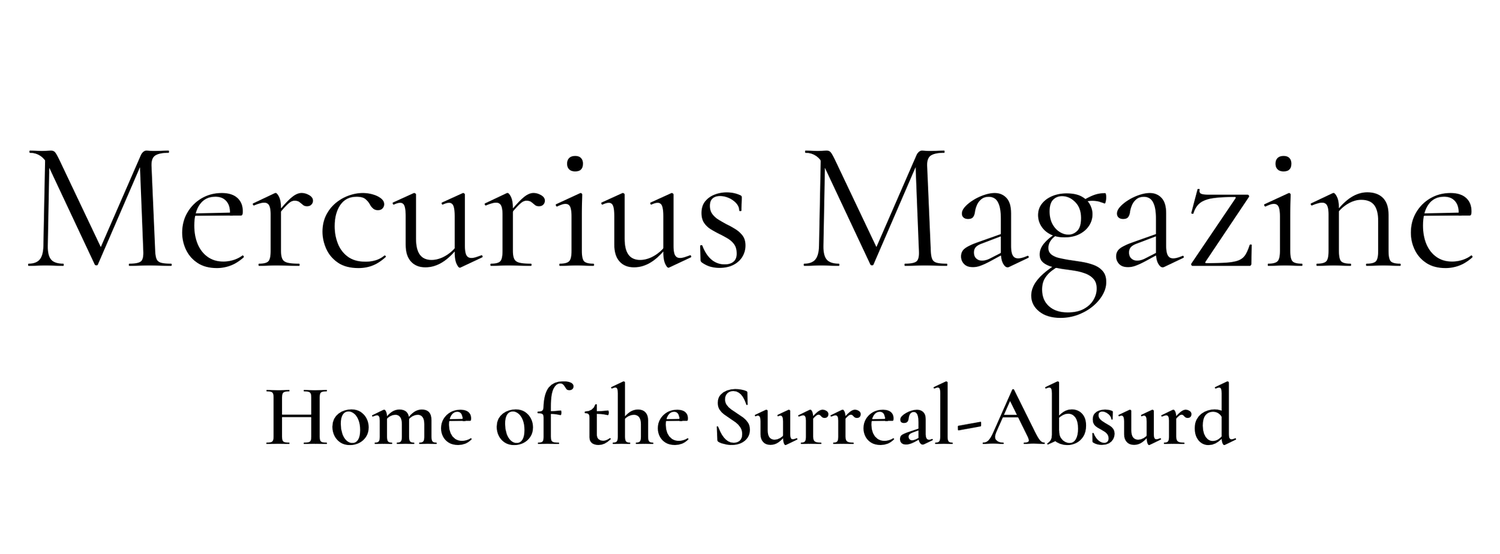What the living do
I discovered Marie Howe through her book "What the Living Do" published in Caracas. A book that follows the threads of the illness and death of a loved one (her brother) and subtly connects us to the birth and transparency of all shadows.
When I came to the United States in 2014, we exchanged emails and made an appointment to meet. I wanted to record our conversation for La Maja Desnuda.
She was waiting for us (I was with Marisela Valero) sitting on the stairs at the entrance to her building. Her hair seemed to be spreading all through the neighbourhood and I thought: "That would make a beautiful photo." But not a photo I would take.
She was writing in a notebook and lost to the world. Wearing a black dress with a long grey sweater and a couple of bracelets, she was elegant with an air of invisible connection to the world. Our mutual recognition was instant and we greeted each other warmly.
She led us upstairs to her apartment. We felt very privileged to be welcomed into her home, myself especially since, except in movies, I had never entered a house in New York. Inside, warm light lit up the white walls and furniture, a few pictures, and a floor lamp. Scattered on a table were some books on the history of religion, a collection of poems, a photograph of the poet Stanley Kunitz, more books and a laptop. Marie's pet, a white poodle, followed her around silently. In the next room, her daughter was on the floor, doing her homework and drawing.
I gave her the Venezuelan edition of "What the living do". She had never seen it and seemed very happy to have a copy, judging by her wide smile. I told her what an impact the book had had in Caracas and she carefully reviewed the selection. At one word, she paused.
"Buhardilla, what does buhardilla mean?"
I told her it was the translation of the title of her poem "The Attic". She wanted to know how this particular word had traveled to her book and settled there (poets are the owners of all words). She asked me about Latin American poets, and wrote down the names of Blanca Varela, Rafael Cadenas and Drummond de Andrade. I asked her what poets she liked best.
"Very difficult," she said, "There are too many - Whitman, Dickinson, Rilke, Shakespeare, Robert Frost, Neruda - my contemporaries - Brenda Hillman, Mark Doty, Sharon Olds."
Still thinking, she glanced over at the table, and seeing the book there, repeated Stanley Kunitz, Stanley Kunitz, Stanley Kunitz.
Then, in a voice that re-arranged the sky and swelled the wind in the branches next to her window, she slowly began to read us her verses.
